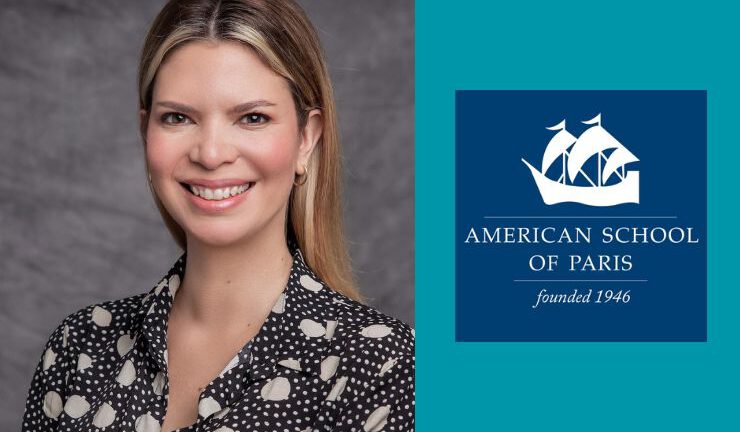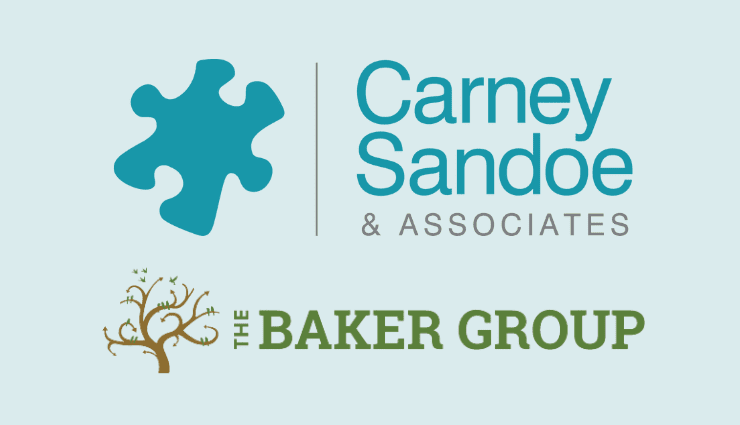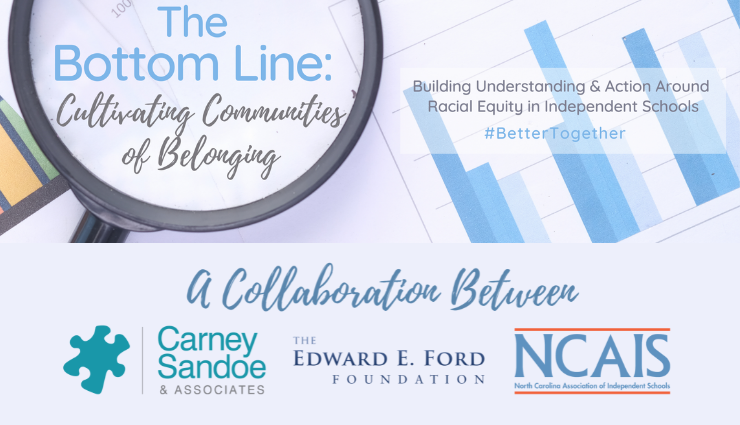A Social Justice Issue
For a brief moment in 2016, it appeared that Hilary Clinton would break the glass ceiling of all glass ceilings — the one that has kept women out of the nation’s highest office. For those who wish to see our country continue to evolve toward the sort of equity and justice embedded in our founding documents and ideals, Clinton’s election, following Barack Obama’s two terms as the first African-American president, would have been more proof that the arc of history does, indeed, bend toward justice.
I do understand that gender wasn’t the only issue in the 2016 presidential election (and that Clinton actually won the popular vote). But it’s hard to deny that gender played role in her defeat. It helps explain why a woman with years of experience, deep knowledge of international affairs, and a long commitment to public service could lose the election.
For now, we’ll have to live with the knowledge that the arc is not so easy to bend. And get back to work.
The statistical evidence of gender inequity in America is clear. While women are making gains (today they comprise 53 percent of the U.S. workforce, compared to just 14 percent in 1963), they continue to suffer from pay inequity and are routinely passed over for top leadership positions. Women make up only 4 percent of the CEO positions in Fortune 500 companies. As of 2011, women led only 26 percent of our colleges and universities and currently make up only 19 percent of Congress. Of all Silicon Valley start-ups, only 10 percent are founded by women, and women entrepreneurs receive only 19 percent of the angel funding and less than that of venture funding. Women are also underrepresented in STEM professions, holding only 24 percent of the jobs.
In a recent New York Times article, “The Gender Pay Gap Is Largely Because of Motherhood,” reporter Claire Cain Miller notes that, as the title makes clear, women who have children are often paid less than men, including men who have children. She also notes that “the bulk of the pay gap — 73 percent, they found — is from women not getting raises and promotions at the rate of men within companies. Seniority and experience seem to pay off much more for men than for women.”
Women are overrepresented in education, but not in education leadership. Tekakwitha Pernambuco-Wise, Head of Sea Crest School (California), notes in an interview that around 70 percent of independent school educators on the traditional path to headship are women, while 30 percent are men. Logic would suggest that a high percentage of school heads would also be women. But when it comes to headship, cultural bias flips these numbers: 70 percent of school heads are men, and 30 percent are women.
“If [hiring committees] are only seeing men, or European-American males, as the model of leadership,” Pernambuco-Wise writes, “I think that says something for our society and the messages that we are sending to our pupils. I think it’s a social justice issue. I think it talks a lot about the perceptions of our leadership.”
In presenting her research figures on women in school leadership, Pernambuco-Wise also relays a poignant story about an independent school that, after many decades in operation, hired its first woman head. When the board chair stood up to introduce her to the community, he said, “We did an extensive national search, and to our surprise, we found that the best candidate was a woman.”
Pernambuco-Wise points out that while it’s great that the school hired a woman, there is clear bias in this comment — as if what’s really surprising is that a woman would have the skills the school was looking for in a new leader.
In her Independent School magazine article, “Culturally Relevant Leadership,” Sylvia Rodriguez Vargas, Assistant Head of the Atlanta Girls’ School (Georgia), also makes it clear that while women in general are underrepresented in leadership positions, women of color are even more so. According to the National Association of Independent Schools, in 2014, women of color made up less than 2 percent of the heads in member schools.
The research into why this is the case, Vargas says, “illuminates the imbalance of male and female administrators in schools and how laws, exclusionary practices, cultural stereotypes, and societal beliefs created barriers that prevent women from becoming school leaders.”
Vargas believes that bias generally boils down to a preference for the “authoritarian and dominant” approach to leadership, historically ascribed to men, over a “democratic and egalitarian” approach to leadership, historically ascribed to women.
Not only do these gross generalizations prevent search committees from seeing candidates as individuals, Vargas argues, but the former leadership style, if it were ever appropriate for running a school, is indefensible today, given our current demographic changes and the increasing emphasis on multiculturalism, inclusion, and cultural competency. Ari Pinkus, NAIS’s digital editor and producer, writing for the Independent School magazine blog, also points out that the confluence of global trends “has spurred an urgency to redefine independent school leadership to espouse greater inclusion and empathy.”
Amada Torres, vice-president for studies, insights, and research at NAIS, recently examined biases in the head hiring process that hurt both candidates of color (male and female) and white women. Her research uncovers a number of barriers, the biggest one being the tendency of search committees to prioritize previous headship experience as a job requirement — which of course favors white men, since they currently dominate headship positions nationally.
But a bright spot for underrepresented groups, Torres points out, is that “the research has shown the importance of having a career mentor and, in particular, a career sponsor.”
What’s the difference between a mentor and a sponsor? While mentors offer their knowledge, wisdom, and advice to candidates, sponsors actively advocate for candidates. Fewer women candidates have sponsors than have mentors, and only 50 percent of women candidates for headship had mentors.
I know that the pursuit of gender equity is not just about equity in leadership — in schools and elsewhere. But these statistics and research are symptomatic of the broader problem: the persistence of gender bias in the culture.
Over the past 25 years, working with independent schools, I’ve gotten to know so many talented women who teach in or lead their institutions. I have found their dedication, intelligence, insight, knowledge, creative instincts, and flat-out love of children to be inspiring. Given the gender bias in education, I often think about the pressures these educators feel. I think about the talent we’re losing because too many women feel undervalued. I think about the talent that is not here, but should be. For the sake of all of us, I would love to see our community examine gender inequity with eyes wide open. As with all cases, it starts with acknowledging the problem, then refusing to let it slide.
While working on this piece, I received word of the death of Babatunde Osotimehin, executive director of the United Nations Population Fund. Osotimehin, a champion of human rights, but particularly of the rights of women and girls, once said, “Gender equity is a human right. Women are entitled to live lives in dignity and in freedom from want and fear, without discrimination. Gender equity is also vital to sustainable development, peace, and security. It’s not just a women’s issue. It’s an issue for all humanity.”
Carney, Sandoe & Associates will be holding its inaugural Women’s Institute this Friday, June 16 to address the growing conversation and concern around gender bias and to provide women in education a safe space to learn, grow, and share. In addition to a variety of panels featuring female educators and leaders, the Institute will also feature a dedicate time for mentorship and networking.
Michael Brosnan is an independent writer and editor, with a particular interest in education and social change. He can be reached at michaelbrosnan5476@gmail.com.








